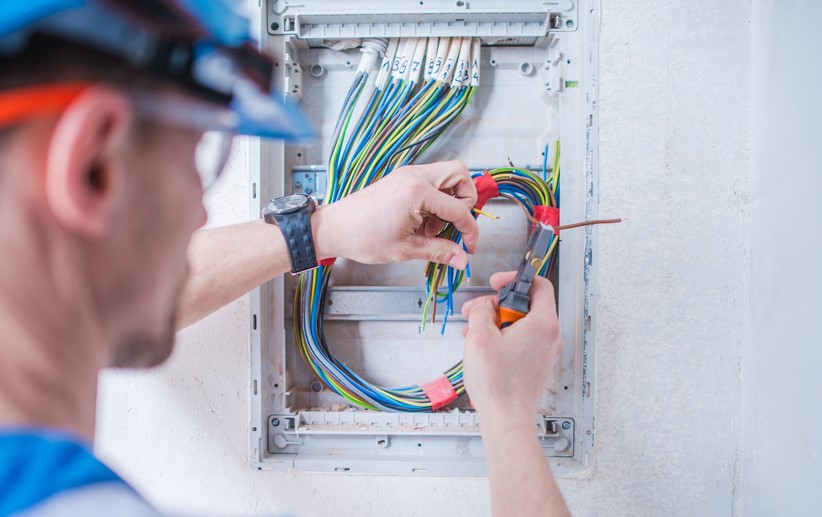
If you are in the manufacturing business, you know how important power is for all your production processes. You need to have stable and reliable power so that your machines don’t break down often. A 208 volt 3 phase power system is not something that every industrial company can implement. It requires installing a substation, new transformers, and other costly equipment. However, it’s worth the cost, as it offers several advantages over a standard 208 volt single phase system. This article will teach you more about implementing a 208 volt 3 phase power system in your company, so read on to learn more!
What is a 208 Volt 3 Phase Power System?
A 208 volt 3 phase power system is a type of power supply where 208 volts are supplied to a 3-phase system. The 3-phase system refers to using 3 separate power lines or cables to distribute power throughout the company. A single phase system only uses one line. This means 208 volt single phase power is only half the voltage of a 208 volt 3 phase system. A 208 volt 3 phase system uses 3 power lines in a Y configuration. When one line “goes out,” two lines will still have power. This is why a 208 volt 3 phase system is more stable and reliable than a 208 volt single phase system.
Why Implement a 208 Volt 3 Phase Power System?
There are several reasons why you might want to implement a 208 volt 3 phase power system. First, a 208 volt 3 phase power system is more stable than a single phase system. This is because when one of the lines goes “out,” two lines are still supplying power. This stability is important, as it means your machines will break down less often. When you have stable power, you also have stable production. Having stable production is essential for any business. It means you can meet customer demand, and avoid losses due to machine breakdowns. In addition to stability, a 208 volt 3 phase power system is also more efficient than a single phase system. It uses less energy, which means you will spend less money on your electricity bill.
How to Implement a 208-volt 3-phase power system?
If you want to implement a 208 volt 3 phase power system, you need to install a substation, new transformers, and a new circuit breaker. You will also need to install 3 3-phase breakers or disconnects. When you implement this system, you will be changing your circuit breaker setup. By default, a single 208 volt circuit breaker is used in a 208 volt single phase system. You will want a 208-volt 3-phase circuit breaker or a 208-volt 3-phase disconnect. When you’ve installed the new circuit breakers and transformers, you can implement the 208 volt 3 phase power system.
Pros of Implementing a 208 Volt 3 Phase Power System
There are several advantages to implementing a 208 volt 3 phase power system. First, as we discussed above, a 208 volt 3 phase system is more stable than a single phase system. This means it will break down less often, and when it does, only one line will be affected. Moreover, a 208 volt 3 phase system is more efficient than a single phase system. This means you will use less energy, and you will spend less on your power bill each month. When you don’t spend as much on electricity, you also don’t have to spend as much on maintenance. You will likely see a decrease in maintenance costs related to your machines, as they won’t break down as often.
Cons of Implementing a 208 Volt 3 Phase Power System
Although there are many advantages to implementing a 208 volt 3 phase power system, there are also a few disadvantages. First, a 208 volt 3 phase system costs more to install than a single phase system. You will have to invest in new transformers, circuit breakers, and more. You will have to factor this into your budget so you can make room for this new equipment. Another disadvantage of implementing a 208 volt 3 phase power system is that it isn’t suitable for every company. If you have a very small operation, you may not need 208 volt 3 phase power. You should check with an electrician to find out if your company is suitable for 208 volt 3 phase power.

